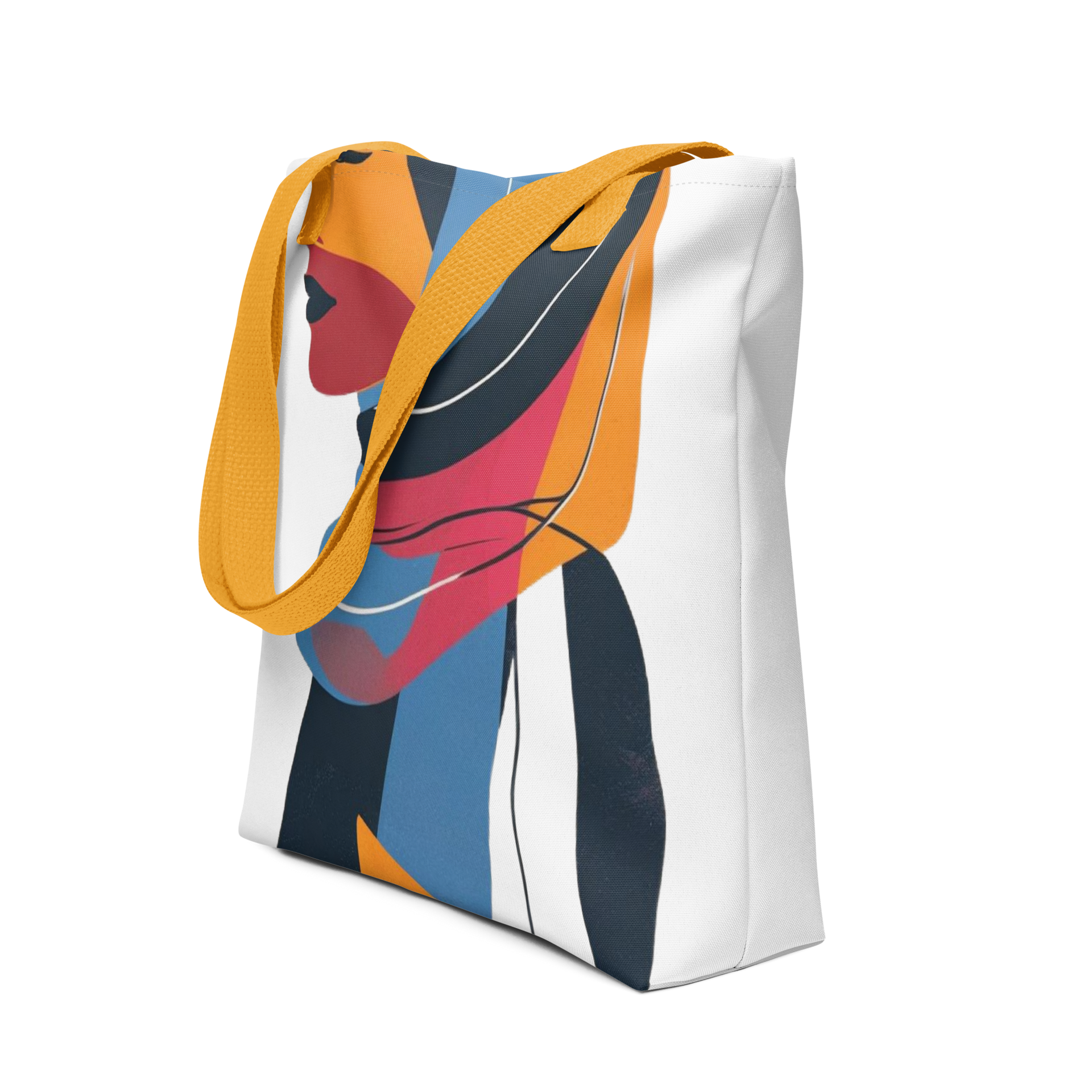Hojari and Yemeni Frankincense: Timeless Treasures of the Arabian Peninsula
Frankincense, also known as olibanum, and myrrh have been highly prized resins for centuries, deeply rooted in the history and culture of the Arabian Peninsula, particularly Oman and Yemen. Their aromatic, spiritual, and medicinal significance has made them valuable commodities throughout history. Today, their allure continues in religious, cultural, and wellness contexts, with the finest Hojari frankincense sourced from Oman and Yemeni frankincense and myrrh cherished for their unique qualities.
The History of Hojari and Yemeni Frankincense
Frankincense has been used for thousands of years, dating back to ancient civilizations, including the Egyptians, Greeks, and Romans. It was an essential ingredient in religious ceremonies, perfumes, and medicine. The best frankincense, renowned for its rich fragrance and high purity, comes from the Boswellia sacra tree, found in Oman’s Dhofar region and the mountainous areas of Yemen.
The ancient Omani and Yemeni people have long been custodians of the finest frankincense. These regions’ unique climates—hot, arid conditions with mountainous terrain—provide the ideal environment for cultivating frankincense trees. Harvesting involves making precise incisions in the tree’s bark, allowing the sap to ooze out and harden into aromatic resin. Hojari frankincense, sourced from Oman, is particularly celebrated for its citrusy and bright aroma, while Yemeni frankincense is known for its deep, complex fragrance.
Myrrh, another treasured resin, is harvested from the Commiphora species found in the same regions. Its earthy, bittersweet fragrance complements frankincense, and both resins have been central to ancient trade routes and cultural exchanges.
Our Commitment to Quality
At our establishment, we take pride in sourcing the finest Hojari frankincense, Yemeni frankincense, and myrrh. We travel extensively, from Qatar to Africa and Istanbul to Asia, to work directly with trusted suppliers. This ensures that every product meets the highest standards of purity and quality. By carefully selecting and testing our ingredients, we give our customers peace of mind, knowing they are purchasing authentic, premium products.
Ancient Natural Sourcing Practices
The traditional methods of sourcing frankincense and myrrh date back to ancient times. Incense harvesting was an art passed down through generations, with each region contributing unique qualities to the resins. Ancient traders transported these treasures across the incense routes of Arabia, connecting civilizations and fostering cultural exchanges.
The use of frankincense and myrrh in ancient rituals was widespread. These resins were burned as incense in temples, used in embalming practices, and blended into sacred ointments and perfumes. Their spiritual significance continues to resonate, bridging the past with the present.
What People Say About Us

“Great product. And thanks for + service!”
MashIt
“Amazing. You find something new every time. Can’t wait to find out what’s next!”
FabuFit
“Not sure what I did before discovering this Product. It’s super!”
YesSuits
The Spiritual Significance of Frankincense and Myrrh
In Islamic tradition, frankincense and myrrh hold profound spiritual value. The Prophet Muhammad (peace be upon him) praised the use of incense for its purifying properties. Burning these resins during prayers and gatherings is a symbolic act of devotion, believed to carry prayers to the heavens and bring tranquility and blessings to the home.
Frankincense, with its bright and uplifting aroma, is often associated with spiritual elevation, while myrrh’s grounding and earthy scent symbolizes protection and purification. Together, they create a harmonious balance, enhancing the spiritual ambiance of any space.


